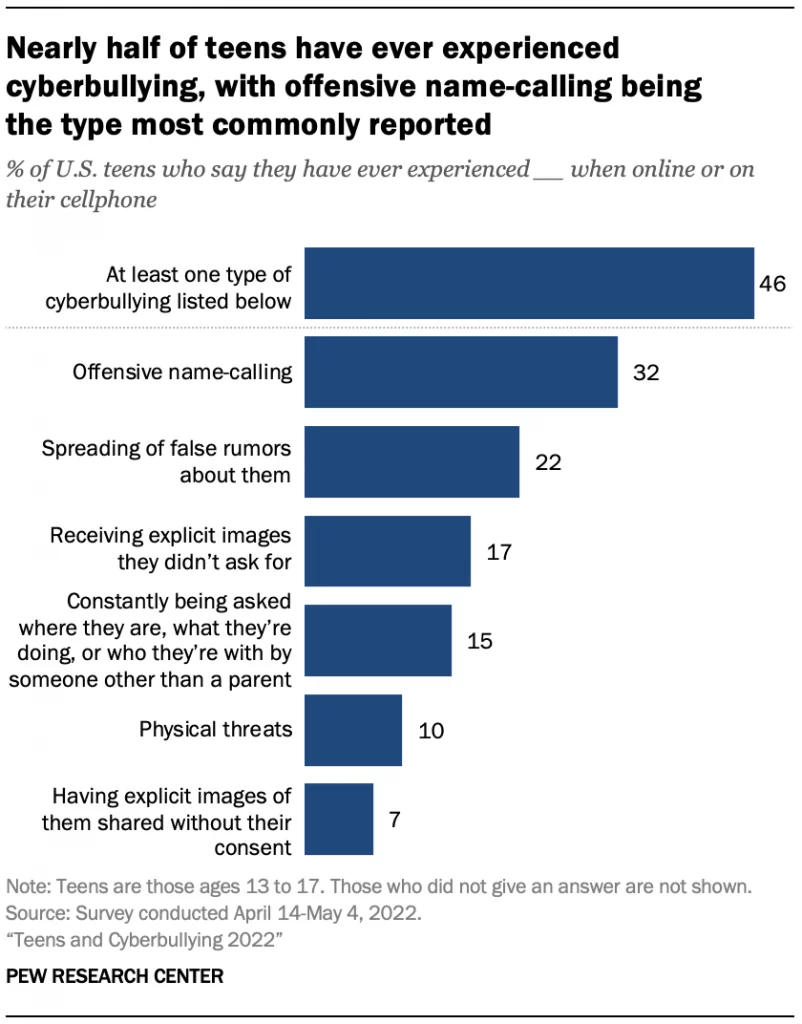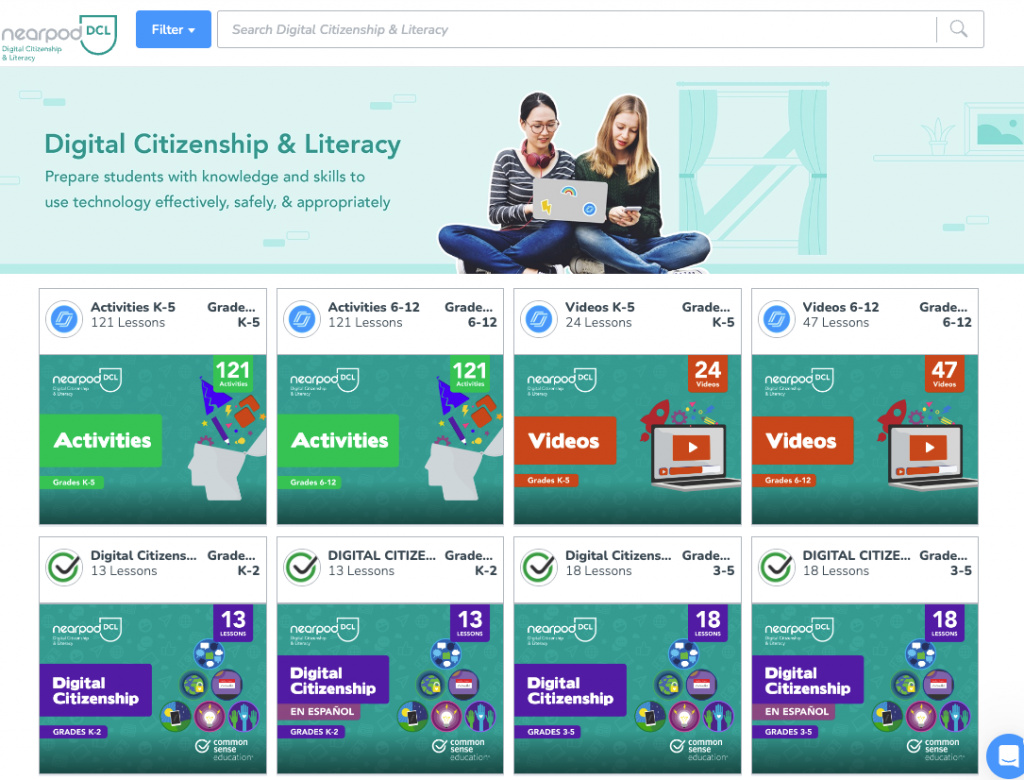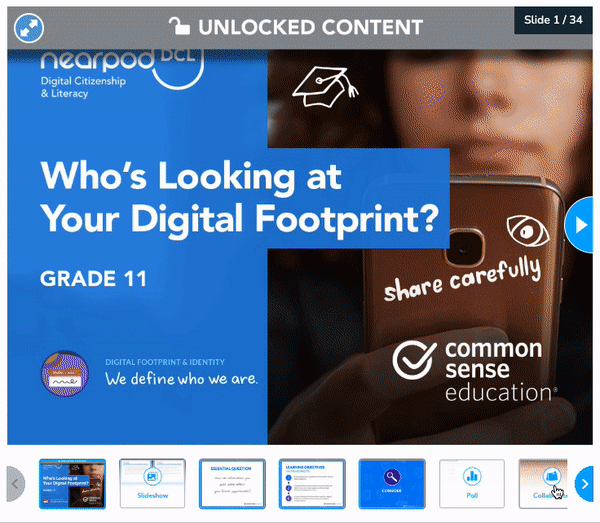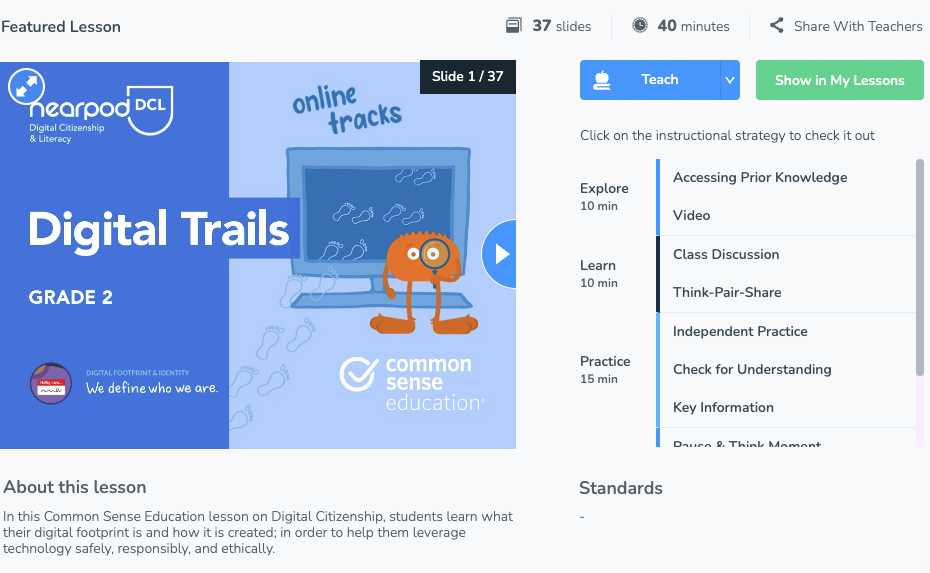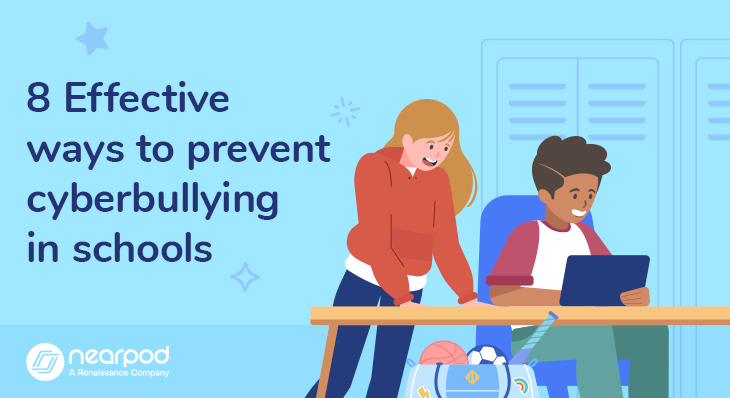
8 Effective ways to prevent cyberbullying in schools
Schools today continue to grapple with finding ways to prevent cyberbullying. I remember when I was speaking about this to my dad, and he said, “You should have seen the bullies at school when I was growing up.” It was a perfect example of how the tech landscape has caused a generational gap when it comes to understanding such digital dilemmas. With the influx of social media, messaging, and texting, we can all be connected 24/7. While there are many positives to that global connectivity, there are also inherent negatives – and bullying online is a subtle yet pervasive evil. So, how can schools promote cyberbullying prevention?
What is cyberbullying?
Cyberbullying is bullying that leverages digital technology such as messaging, social media, gaming, and mobile devices to spread mean messages designed to anger, threaten, shame, embarrass, or scare a target. CommonSense.org defines cyberbullying as “repeated and unwanted hurtful words or behavior that occur online. It includes sharing negative or harmful content about someone on purpose. Often, this type of bullying happens over text messages, online chat, or social media.”
When it comes to cyberbullying on social media and online in general, the intent is malicious, the frequency is repetitive, and the effects can be devastating. But how does bullying online differ from “typical” bullying? Consider it bullying wrapped in persistence, permanence, and subtleness. Some may say that “kids will be kids” and that teasing and joking are common aspects of child’s play – but whether it’s name-calling, rumors, hate speech, bullying, or online harassment, none is acceptable in any format.
Examples of cyberbullying
Cyberbullying takes multiple forms and thus can be hard to detect, monitor, or track. From trash-talking to griefing to ghosting to cyberflashing to catfishing, the terminology grows, as do the nuances of digital drama. It is pervasive. Due to its digital nature, online bullying can happen at all hours instead of “just” on the playground. It can be hard to escape, as the offender and the victim don’t have to be face to face. It can happen behind closed doors in 1-to-1 messaging. Conversely, cyberbullying can also occur in a more public space, like social media, where others can see it happening. And it can be seemingly permanent and hard for victims to erase from such public forums. It can be quite subtle, too. Imagine someone who engages in “aggressive liking” a victim’s posts as a way to show that they’re “watching” them at all times. Such debilitating interactions are hard to monitor.
More often than not, victims of cyberbullying know their bullies. However, aggressors can be wrapped in a cloak of anonymity, pretending to be someone else. Such deception can make it difficult to identify the true culprit at first and stop the bullying. It can also be seemingly baseless or unprovoked, yet for a child still developing their own sense of identity, such undermining tactics can be detrimental.
Not helping the situation is the fact that cyberbullying is sticky, meaning that it can be hard for the victim not to look at that most recent email, message, or post. It is human nature that we seek others’ opinions and approval, so this sense of belonging can be counterproductive in online bullying situations. Such cyclical abuse can be catastrophic.
The effects of cyberbullying on students
Cyberbullying can affect kids’ (and adults’) physical, emotional, and mental health. Kids’ sense of self-worth and self-esteem can suffer, and they can become overwhelmed by a sense of hopelessness and powerlessness.
Targets of online bullying can display signs such as decreased or increased use of devices, high stress levels, changes in eating and sleeping patterns, social withdrawal, a drop in grades, abstaining from school or activities, or signs of depression (just to name a few).
In a 2022 Pew Research Center’s Report Center survey, 46% of teens ages 13 to 17 reported experiencing at least one of six cyberbullying behaviors, while 28% say that they experienced multiple types; those stats become more dire when you look at the data by sex, ethnicity, and socioeconomic status.
Cyberbullying is related to low self-esteem, suicidal ideation, anger, frustration, and a variety of other emotional and psychological problems (Brighi et al., 2012; Hinduja & Patchin, 2010; Hinduja & Patchin, 2019; Kowalski & Limber, 2013; Patchin & Hinduja, 2010; Wang, Nansel, & Iannotti, 2011)
Cyberbullying.org
The role of school administrators in preventing and dealing with cyberbullying incidents
As an administrator, addressing bullying as part of your overall school ethos, whether articulated in a mission statement or a code of conduct, is key. Cyberbullying and digital drama, in general, can negatively impact a school’s culture and climate. Therefore, to be proactive versus reactive, many schools have developed explicit anti-cyberbullying policies around responsible device use. In addition to sharing policies, it is important to adopt a program to teach digital citizenship. Also, partner with parents to help them stay informed about cyberbullying and understand the warning signs. Lastly, ensure that bullying is being addressed appropriately and efficiently by establishing a shared language and process across the school. Keep reading to explore these tips in depth with actionable examples administrators and educators can use.
New to Nearpod? Make sure you’re signed up to access these lessons and activities!
Teachers can sign up for free below to access and create interactive lessons. Administrators can schedule a call with an expert to unlock the full power of Nearpod for schools and districts.
8 Effective ways to prevent cyberbullying in schools
1. Establish clear policies
Developing anti-cyberbullying policies helps schools prevent it by setting clear expectations and consequences for acceptable and responsible device usage on and off campus, during and outside of school hours, and between students at different locations. These policies proactively establish a school culture of respect and responsible digital behavior.
When creating policies, here are some questions to consider:
- What does/doesn’t happen if incidents occur on school devices versus personal devices?
- What does/doesn’t happen if incidents take place on or off of the school’s campus?
- What does/doesn’t happen if incidents occur during or outside of the school day hours?
- What does/doesn’t happen if incidents occur between students at the same or different campuses or districts?
Implement Responsible Use Agreements (RUA) along with Acceptable Use Agreements (AUA), which students and their guardians sign at the beginning of the school year. One best practice is to involve students and parents in the drafting of such policies so that all stakeholders have a voice, ownership, and onus. Clearly outline the expectations and consequences around device handling, maintenance, and respectful use.
2. Adopt a digital citizenship program
Awareness and education are key. No one is immune to the threat of cyberbullying, so awareness begets prevention.
First, some norms need to be taught about the implementation and importance of digital citizenship. There are safety and security measures that all who use digital devices need to recognize. From resetting passwords to turning off location sharing, each student needs to understand the “why” behind the “what” when it comes to maintaining their account settings and protecting their privacy and personal information.
Plus, online communication can be more complex and dynamic than what we are used to in person. There are nuances, innuendos, and non-verbal communication that can be lost. Many feel a disassociation effect when they are behind a screen and not seeing the person on the other side. We need to set expectations for what kinds of online interactions are not only safe but also respectful and responsible. From the words they use to the images they share, users need to pause before they post.
This is why it’s crucial to ensure digital citizenship is a core mindset by teaching lessons early and often. Adopting a digital citizenship program will help educators prepare and make time for teaching this type of material. The Nearpod Library and 21st Century Readiness Program include interactive digital citizenship lessons, activities, and videos about digital literacy topics such as cyberbullying, media balance, news and media literacy, communication, digital footprints, and online privacy.
We’ve unlocked some lessons for you to preview the program! Preview the unlocked program resources and digital citizenship lessons from the Nearpod Library for free.
3. Name the roles
When it comes to cyberbullying, educate everyone on the roles we play, from offender to victim to upstander. We want to empower all ages not to be bystanders who simply watch the digital drama unfold; instead, we want to encourage all to say something when they see something.
There are key roles for everyone to understand:
- A bully (offender or perpetrator): the person responsible for the attacks
- A victim: the person who is targeted in such attacks
- A bystander: a person who sees what’s happening but does not partake
- An upstander: a person who reports the incident(s) or addresses the bully
4. Form partnerships with parents
Consider hosting information sessions for parents and caregivers so that they are informed about the threat of online bullying and know the warning signs to watch for. Remember, not all caregivers grew up in a digital world, so they may not have prior experiences to lean on. Arm them with common language and proactive tips so that they are echoing the same valuable life lessons. Find tips, articles, and resources for every age and stage to share throughout the year. Explain school-based politics, encourage them to set family-based guidelines when at home, and underscore the shared responsibility in preventing cyberbullying.
Check out Nearpod’s 21st Century Readiness Program to equip students with the skills they need for success in today’s schools and in tomorrow’s society.
in the honor of the #onlinesafety and #cyberbullying #BullyingPreventionMonth @nearpod has a great great interactive lesson, our ss took it to a whole different level @mrsjeagon @mjvitaleqp @DeborahRLucas2 @lindsayrothfeld pic.twitter.com/BwG3xxoNpS
— Aggie Salter (@AggieSalterITS) October 19, 2022
5. Emphasize the first step to dealing with bullying: Shut it down
We also want to emphasize to all, before they are victims, what to do if they feel targeted. These are crucial ways to prevent cyberbullying. To start, as sticky as the messages can be, tell young people that when they get that “ick” feeling in their stomachs, to shut down all technology: Close the laptop, log out of the social media platform, and turn off the phone. Developmentally, this decision can actually be quite hard for kids, so underscore that this is the first step to dealing with cyberbullying. While shutting down technology or blocking a harasser doesn’t stop the hurt or prevent further harm, it is an action-oriented step the victim can take to hold onto a bit of power. Shutting down the tech can thwart any impulses to respond or react, and sometimes (albeit not always), ignoring a bully can stop the abuse.
The rest of the tips are steps that schools can take to address and respond to cyberbullying properly.
6. Encourage students to tell an adult
Next, always tell a trusted adult. This tip is probably the most important. Many young poeple don’t want to “tattle,” yet the effects of cyberbullying are too great to shoulder on one’s own (no matter the age!). Encourage kids to think of at least two trusted adults – parents, caregivers, teachers, or coaches – whom they can turn to in tough times. Let them know that no one should ever carry the burden of cyberbullying alone, and a trustworthy adult can listen and help them problem-solve the situation.
7. Gather evidence
There is no eraser button online. Therefore, it’s important to teach students and staff how to leverage functions like print, copy, and screenshot to gather evidence of hurtful words and statements. Lean on timestamps to show the repetitive nature of cyberbullying. And reassure kids that there is always a digital footprint left when it comes to digital communication; most cyberbullies don’t realize that it is a matter of time before their actions are revealed.
8. Underscore the permanence of digital footprints
There is no eraser button online. Therefore, it’s important to teach students and staff how to leverage functions like print, copy, and screenshot to gather evidence of hurtful words and statements. Lean on timestamps to show the repetitive nature of cyberbullying. And reassure students that there is always a digital footprint left when it comes to digital communication; most cyberbullies don’t realize that it is a matter of time before their actions are revealed.
Part of your digital citizenship program should address how all of our online interactions leave a digital footprint, no matter what we share or where we post it. By highlighting the permanence of our digital footprints, you may deter would-be bullies and educate victims about the breadcrumbs bullies leave behind. Most children grow wide-eyed when they hear that although disappearing messages on Snapchat may be inaccessible after a time, they still reside on the company’s servers somewhere in the world.
Here are some lessons to teach about digital footprints:
- DCL: Who’s Looking at Your Digital Footprint?: This Common Sense Education lesson on digital footprints and responsible online behavior can impact students because it equips them with essential knowledge about the long-term consequences of their online actions. It promotes responsible and ethical technology use and encourages students to take ownership of their digital footprints, enabling them to navigate the digital world more thoughtfully and safely. (Free on Nearpod’s Library)
- Digital Trails: This Common Sense Education lesson teaches students what a digital footprint is, instilling a critical awareness of their online actions and how they contribute to their own digital footprint, and emphasizing the lasting implications it can have on their lives. (Only available on The 21st Century Readiness Program)
- The Power of Digital Footprints: This Common Sense Education lesson provides students with a foundational understanding of the concept of a digital footprint, helping them recognize how their online actions can have a lasting impact. It helps encourage students to make responsible choices online and contribute positively to their digital communities. (Only available on The 21st Century Readiness Program)
Help prevent and address cyberbullying with Nearpod’s support
The issues around online bullying change as quickly as the digital landscape itself. It affects the online reputation and digital footprints of everyone involved while also crushing school culture. All educators, administrators, and classroom teachers need to stay on top of the ways to stop bullying online and share out to make sure the rest of the stakeholders – such as parents, caregivers, and students themselves – are similarly educated. Children will misstep, so staying proactive versus reactive is essential to mitigating the impact. Community-wide, schools can weave tips and resources for preventing cyberbullying into their instruction, training, and regular communications. Staying alert and avoiding the assumption that “it won’t happen here” will be an important step in keeping your community free from bullying.
New to Nearpod? Make sure you’re signed up to access these lessons and activities!
Teachers can sign up for free below to access and create interactive lessons. Administrators can schedule a call with an expert to explore the 21st Century Readiness Program and unlock the full power of Nearpod for schools and districts.

Darri Stephens is a dedicated LX (learning experience) designer, passionate about creating quality content and programs for kids, families, and educators. With MAs in Education from both Harvard and Stanford, and work experience at best-in-class ed tech organizations including Wonder Workshop, Nickelodeon, and Common Sense Education, she is steeped in the design thinking process and committed to agile and iterative project management, which has resulted in multi-award-winning programs and products.
